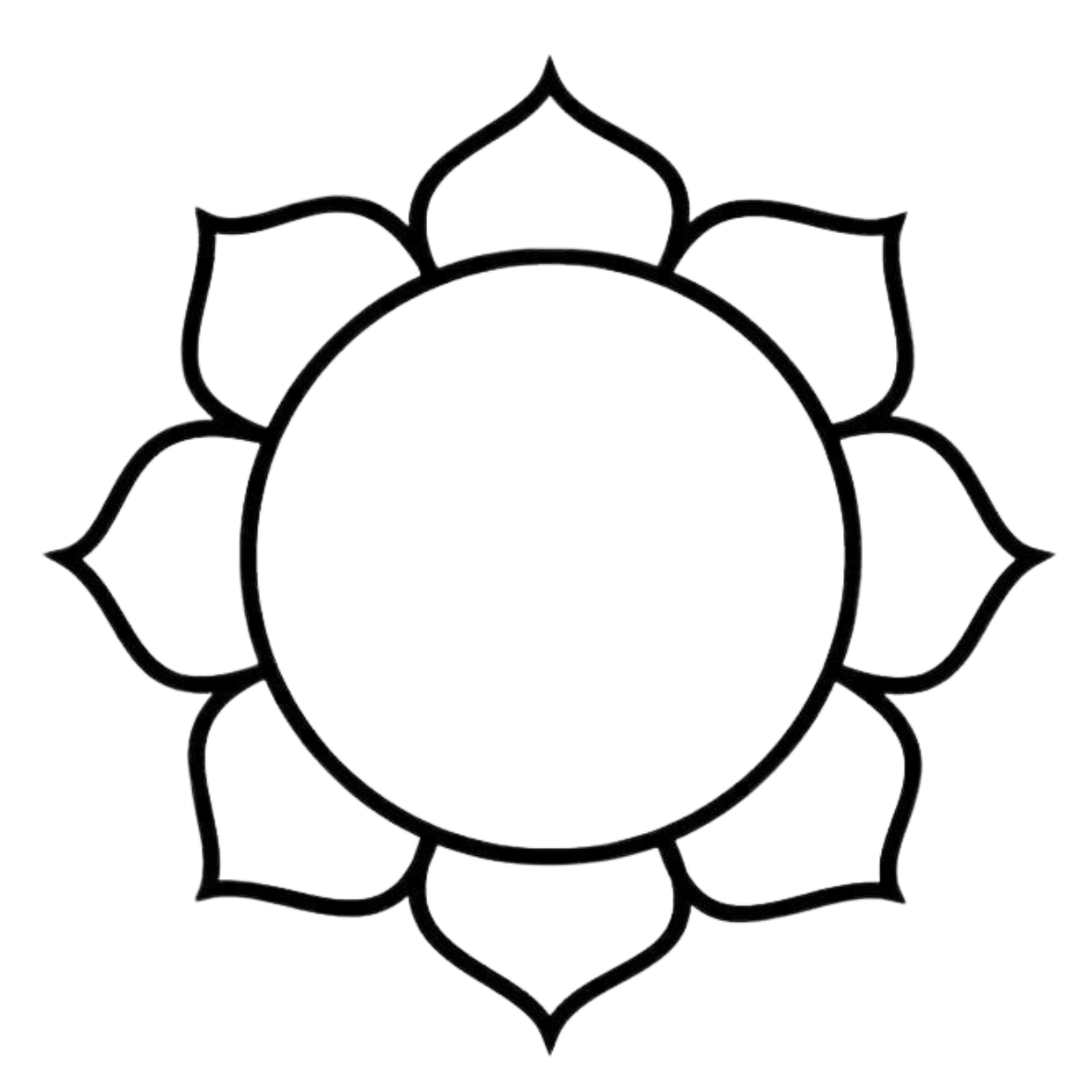Which method suits you—and how can Respira support you?
Why so many different techniques?
We all breathe, but how we breathe can make a world of difference. Across centuries, techniques emerged—from ancient yoga to modern methods embraced by science and elite sports. Curious about the spiritual and historical roots? See: From Buddha to modern science: 2500 years of breathing wisdom.
Each method has its own purpose: more energy, deep relaxation, sharper focus, or even immune support. Below you’ll find an overview of the most well-known techniques, how they work, and where the Respira breathing necklace — find your calm can help.
1. The Wim Hof Method
Perhaps the most famous today. Wim Hof (“The Iceman”) combines:
✓ Intensive breathing cycles (related to Tummo)
✓ Cold exposure (ice baths, cold showers)
✓ Mindset and focus
Goal & effect: higher energy, improved circulation, mental resilience, stronger immune response. A 2014 PNAS study showed participants could influence the autonomic nervous system and reduce inflammation.
Where Respira helps: in the calming phases. After activating rounds, a slowed exhale is ideal to rebalance your system.
2. Fire Breath (Kapalabhati)
From the yoga tradition: short, forceful nasal exhales followed by passive inhales.
Goal & effect: energise, “cleansing” sensations, refresh the mind; strong alertness boost.
Where Respira helps: not during the fast phase itself, but afterwards—to return to calm with longer, smoother exhales.
3. Dog Breath (Panting)
A technique of shallow, rapid breathing—similar to a panting dog.
Goal & effect: generate heat, release tension; often used as a quick reset or warm-up.
Where Respira helps: afterwards, to slow the breath again and shift into recovery.
4. Box Breathing (4-4-4-4)
Popularised by Navy SEALs to stay calm under pressure.
Technique:
- Inhale 4 counts
- Hold 4 counts
- Exhale 4 counts
- Hold 4 counts
Goal & effect: focus, stability, calm—ideal for stress or before an important presentation.
Where Respira helps: the necklace naturally lengthens the exhale, making the box rhythm smoother.
5. The 4-7-8 Method
Popularised by Dr. Andrew Weil, often used for better sleep.
Technique:
- 4 counts in
- 7 counts hold
- 8 counts out
Goal & effect: activates the vagus nerve, lowers heart rate, and prepares the body for rest.
Where Respira helps: especially during the 8-count exhale—the necklace helps you slow down without counting or an app.
6. Tummo: Inner heat & awareness (Himalayas)
Tibetan Tummo meditation combines breathing, visualisation, and concentration to generate “inner heat.” Monks are known for drying wet sheets on their skin in the cold. Tummo is both spiritual and physiological; it affects metabolism and neural activity.
To avoid confusion: Kapalabhati ≠ Tummo. Kapalabhati is an activating yoga breath; Tummo is a Buddhist meditation with visualisation. For historical context: read the 2500 years of breathing wisdom here.
Which technique fits you?
- Need energy → Fire Breath or Dog Breath
- Want strength & resilience → Wim Hof
- Need focus → Box Breathing
- Want faster relaxation / better sleep → 4-7-8
What these methods share: the power of conscious breathing. Respira breathing necklace is a practical tool to extend the exhale and deepen the effects—without counting or an app.
Conclusion
There are many ways to work with your breath. Whether you want energy, calm, focus or better sleep: the right method makes all the difference. Whether you choose active (Wim Hof, Fire Breath) or gentle (4-7-8, Box Breathing): Respira helps you slow down—anytime, anywhere.
Also read my Main blog: my experience with Respira for a personal story.
Further reading
- The fascinating science behind conscious breathing
- From Buddha to modern science: 2500 years of breathing wisdom
- Breathing at work: manage stress without colleagues noticing
- Breathing for parents: finding calm in chaos
- Winter stress breathing: why your nervous system needs extra care
- Digital detox through breathing: analogue calm in a digital world


